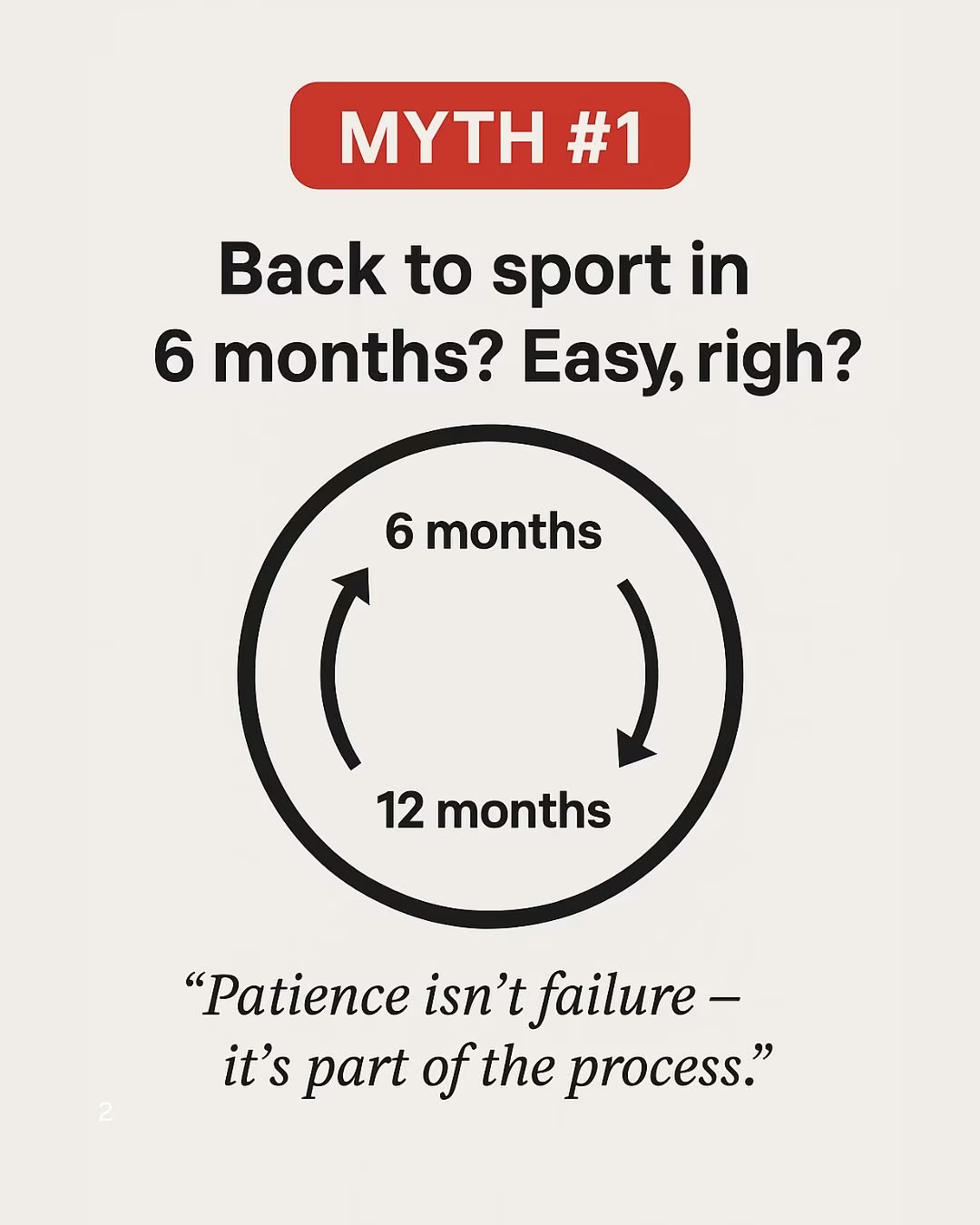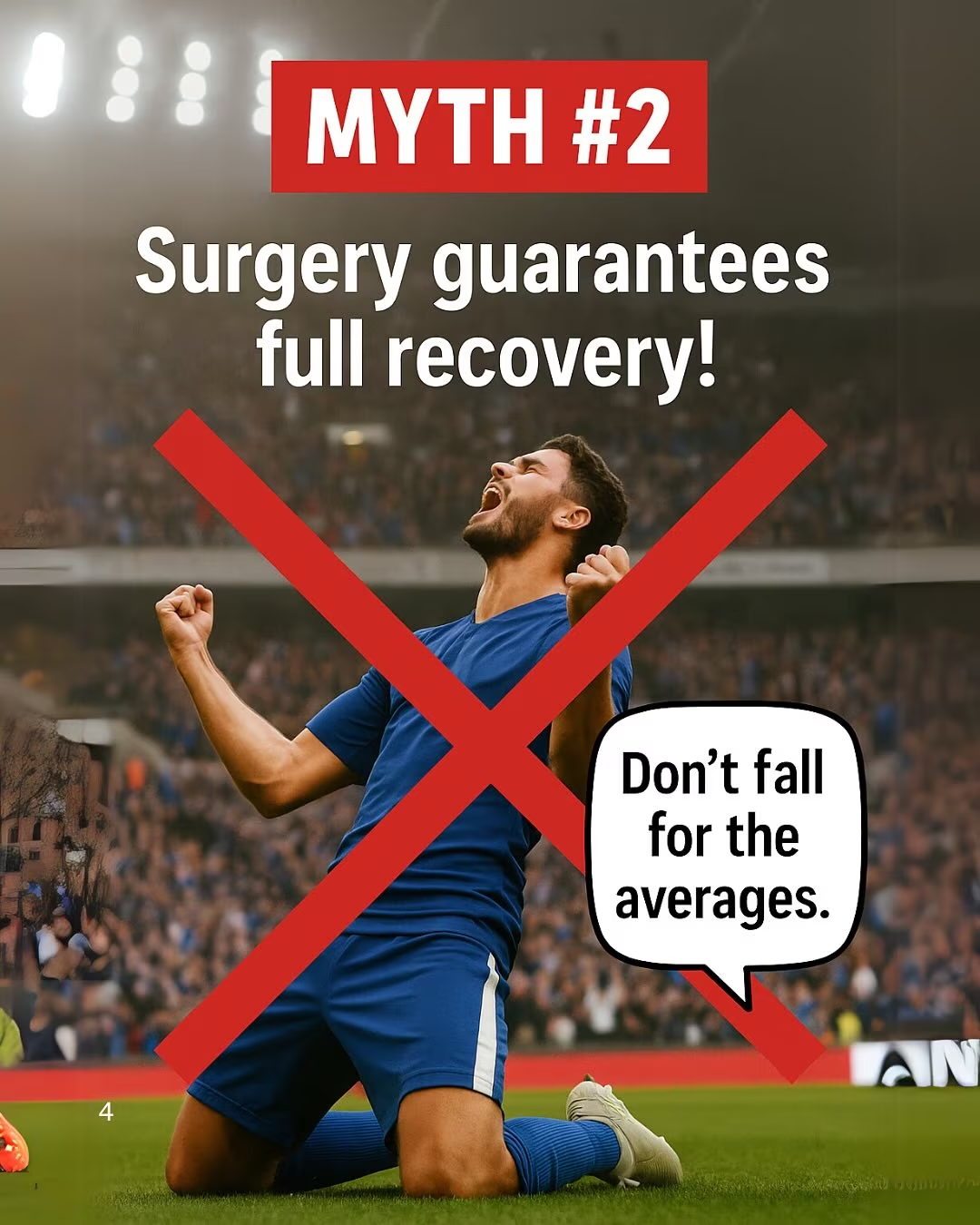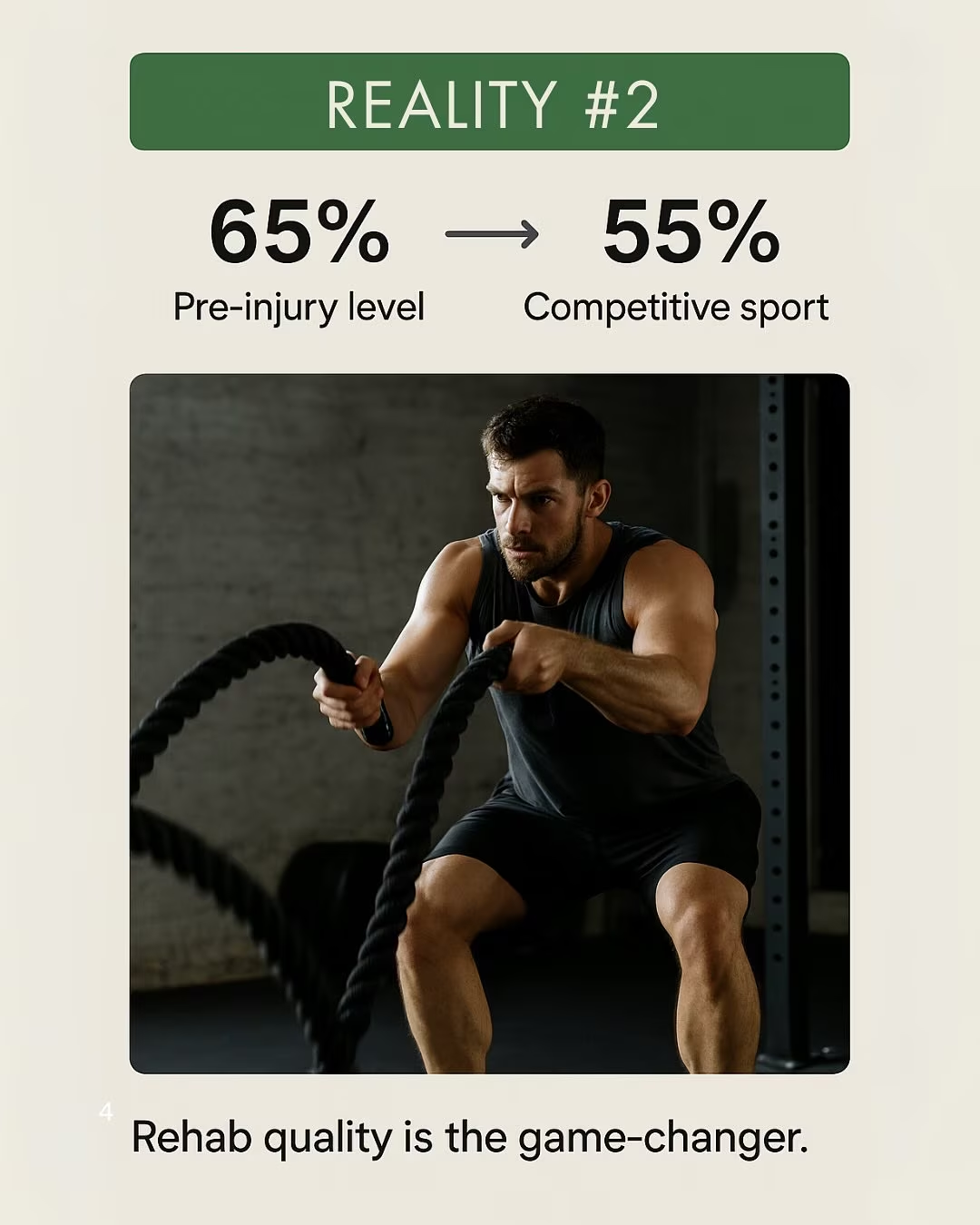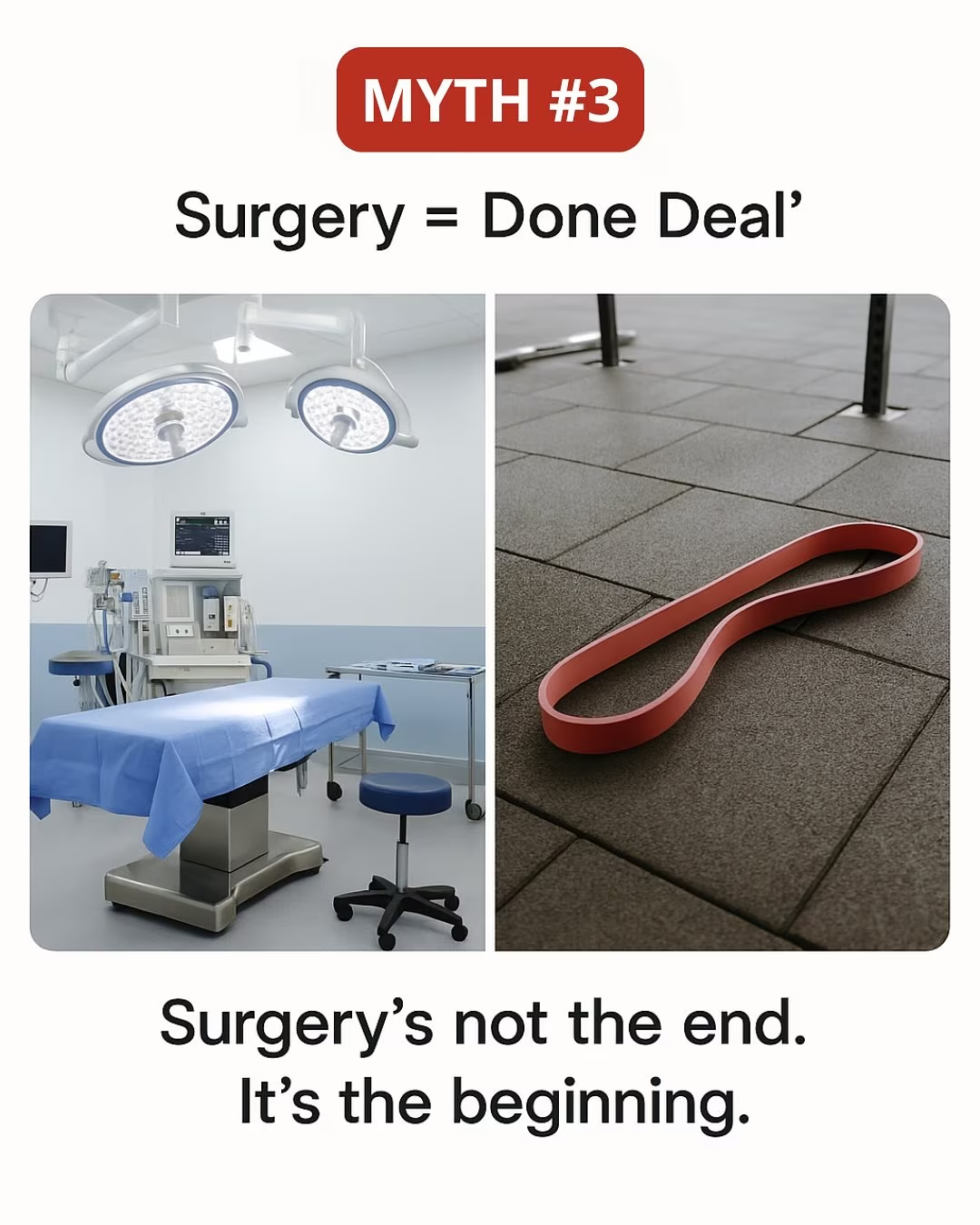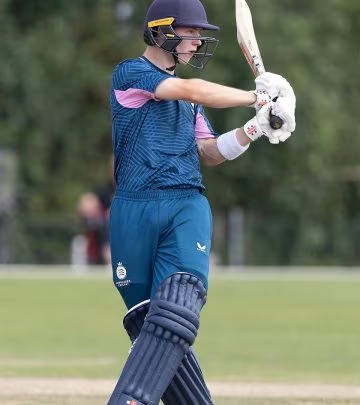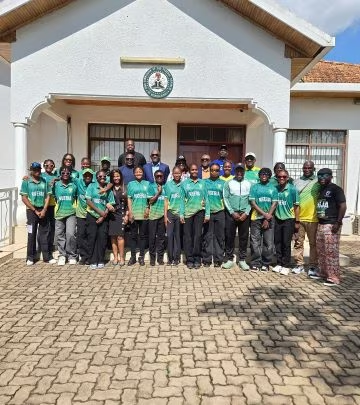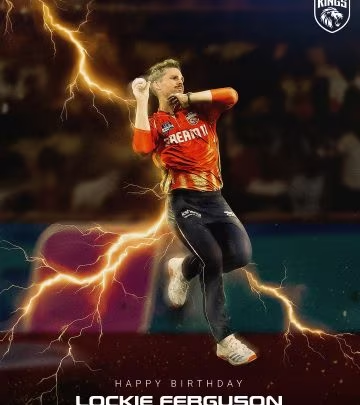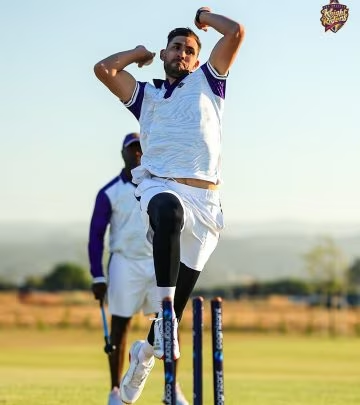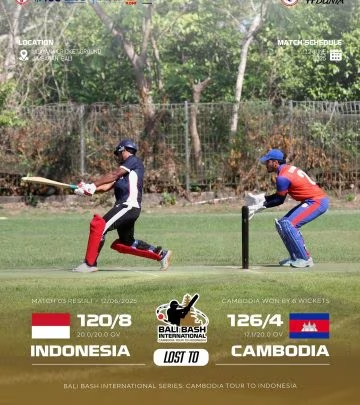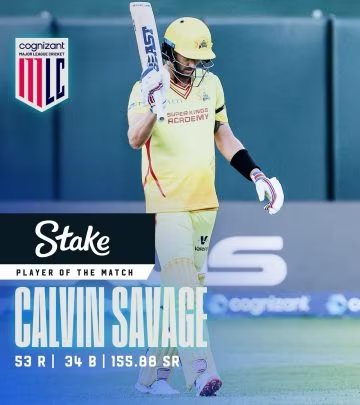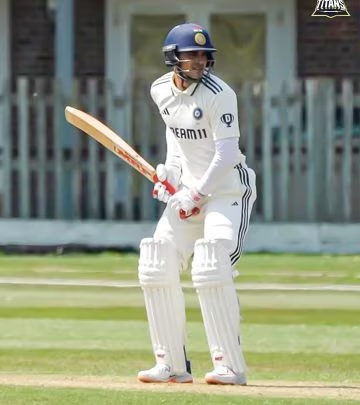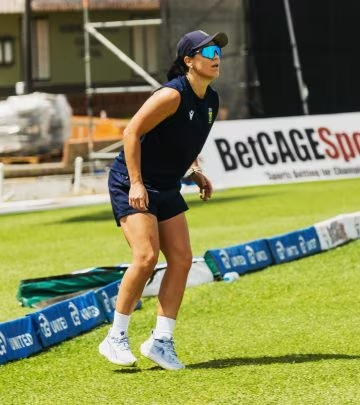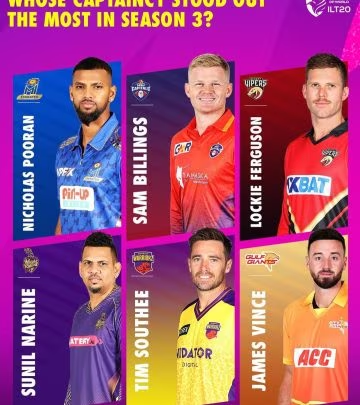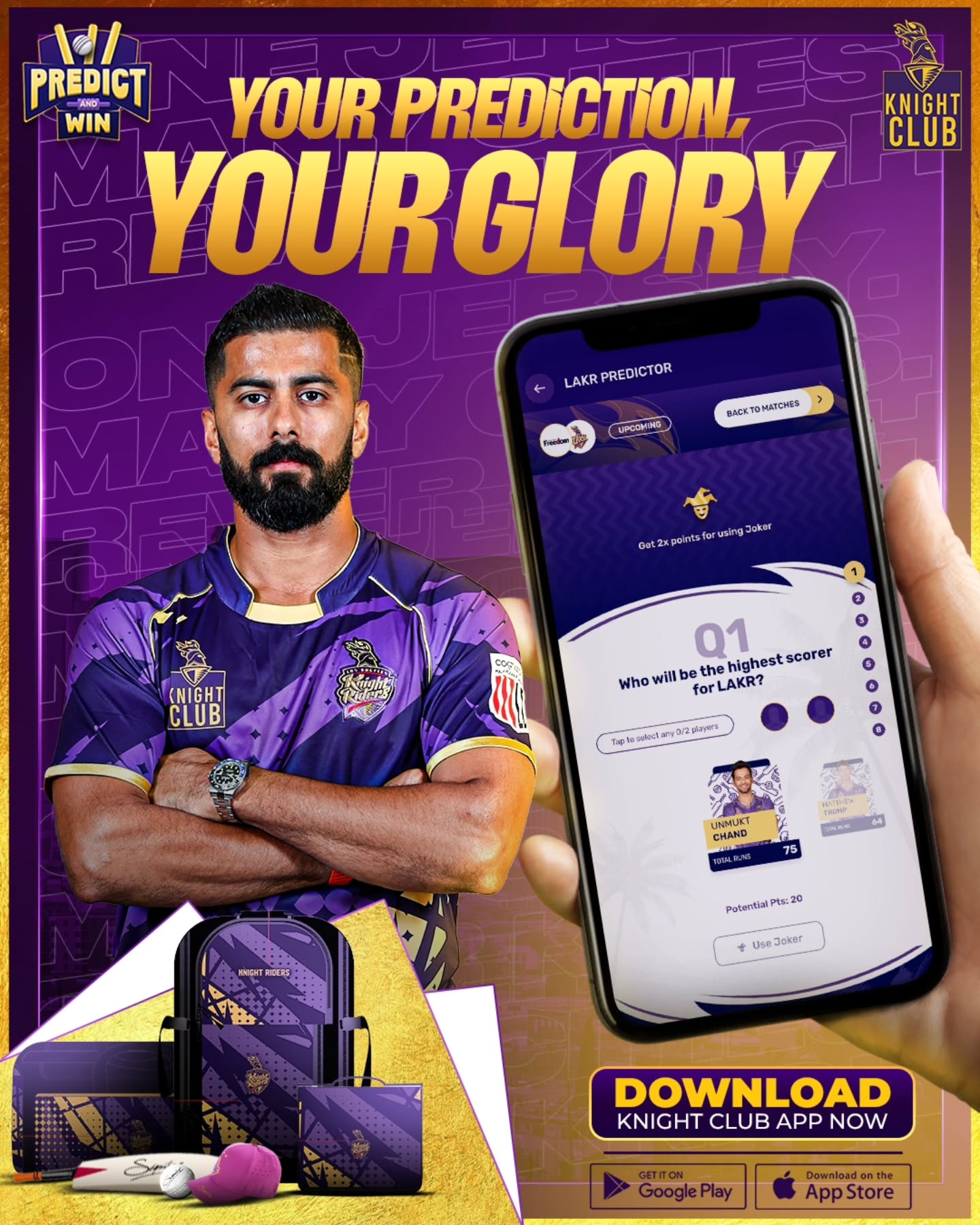ACL Rehab Myths Debunked
Separating fact from fiction in ACL recovery to help dedicated athletes get back stronger.
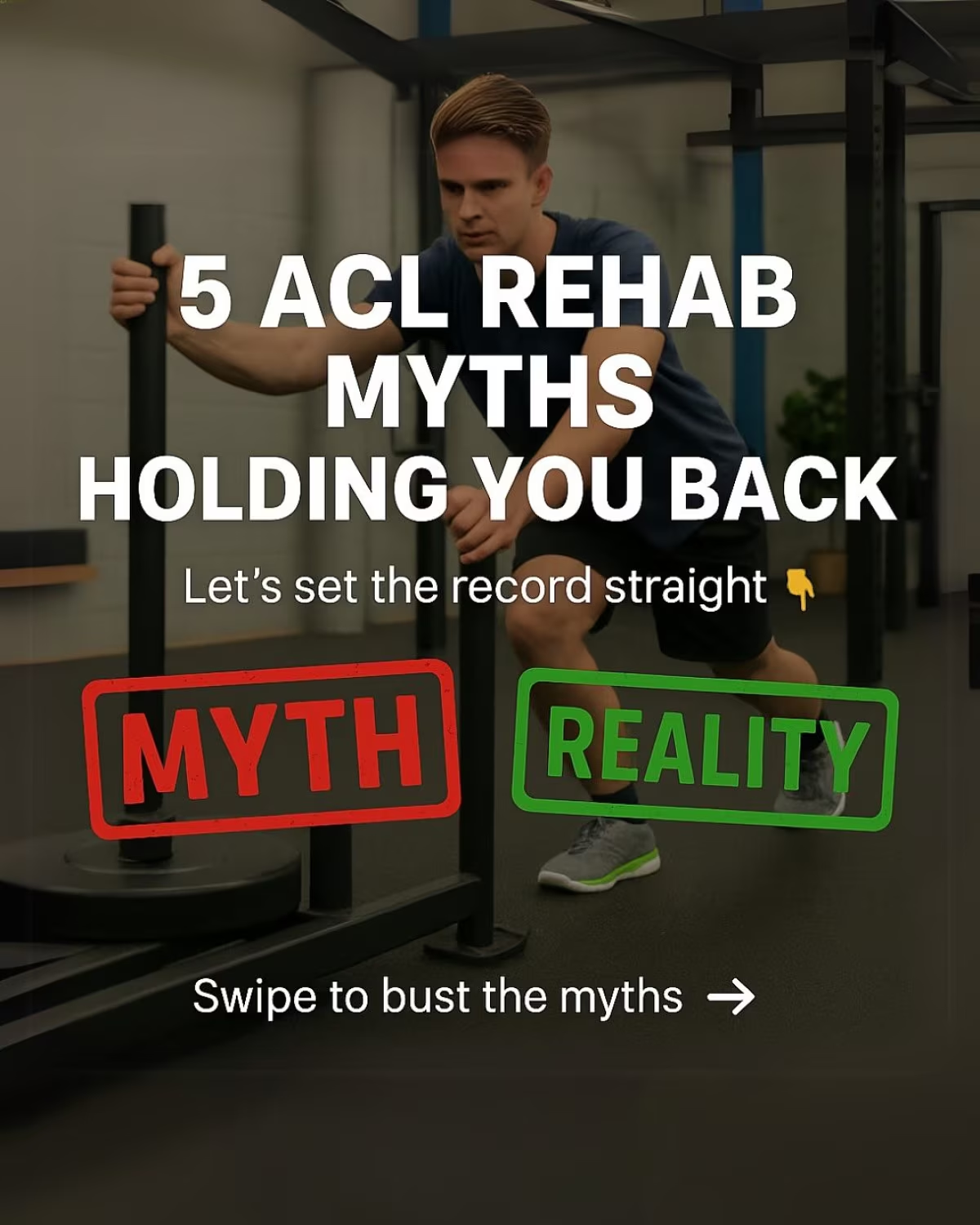
Image: Instagram
In the fast-paced world of sports, getting back on the field after an ACL injury is as much about rebuilding strength as it is about debunking dangerous myths. Recent evidence-based insights have challenged several long-held misconceptions about ACL rehabilitation, emphasizing that a successful recovery isn’t guaranteed in a fixed timeline and doesn’t rely solely on surgery.
Debunking Common Myths
For many athletes, the assumption that a six-month recovery means a guaranteed return to sport is a fallacy. The popular myth that surgery alone can ensure a full recovery disregards the critical role of structured rehab. Research from Ardern et al. (2014) and insights from e3rehab have driven home an important point: quality rehabilitation is the cornerstone of a successful return to play. One must be aware that ACL recovery is not just about fixed timelines. The prevailing myths, which include ideas such as “surgery is all you need” or the notion that “pain is just weakness leaving the body,” serve only to misguide athletes and can ultimately slow down progress.
Rehab Realities
The reality is that proper rehabilitation takes time and demands a quality, individualized approach. No two ACL injuries are identical, and the rehabilitation process must be tailored to the athlete’s specific recovery needs. An essential part of this process involves listening to the body’s signals. Pushing too hard beyond comfort zones or adhering strictly to predetermined timelines may actually lead to setbacks. While many athletes feel the pressure to resume sport as soon as possible, the evidence clearly shows that rushing post-surgery recovery can set the stage for future injuries.
Numerous Instagram posts from fitness and rehab experts have echoed these findings. For example, one post (https://www.instagram.com/p/DKuo6lIICVe/) highlights that returning to sport is earned through a science-backed, progressive treatment plan. Similarly, the advice from experienced rehabilitation coaches, including commentary from sports specialist Alan Salgado Espino (known on Instagram as @dreamchaserr.__), stresses that quality matters more than speed.
Quality Over Timelines
A prevalent misconception among recovering athletes is that everyone bounces back 100% after an ACL injury. However, clinical evidence suggests that while many individuals do return to sport, the journey is often laden with hurdles such as joint stiffness, neuromuscular deficits, and imbalances in strength. Studies have indicated that pushing through pain indiscriminately can mask underlying issues that compromise knee stability, eventually leading to reinjury. This critical view underscores the importance of not only physical healing but also rebuilding neuromuscular control through targeted exercises.
Trust The Process
Modern sports medicine has debunked the idea that pain should be overlooked as merely a sign of weakness. Instead, pain serves as an important feedback mechanism that signals when the knee is not ready for further strain. An evidence-based ACL rehab roadmap emphasizes that a patient and methodical approach is essential. Rehabilitation must focus on regaining joint stability, enhancing proprioception, and incorporating strength training that respects the body’s healing rate.
Multiple experts on social media, along with academic studies, advocate for a regimen that integrates isometric exercises, controlled range-of-motion drills, and neuromuscular re-education. One popular Instagram post explains that athletes should be cautious not to assume that feeling pain-free immediately signals full recovery. In reality, advanced functional tests such as single-leg hop assessments and strength symmetry evaluations are necessary benchmarks before returning to competitive play.
A Multifaceted Approach To Recovery
Injury prevention and recovery are intricate processes that involve several intertwined factors. Alongside proper physical therapy, rehabilitation programs today frequently incorporate education on movement mechanics and individualized training adjustments. As echoed in various sports rehab tips shared on Instagram, the primary focus should always be on a progressive recovery plan that adapts to the athlete’s evolving condition. Whether it is the surgical intervention or the years of conditioning that precede the injury, it is the comprehensive approach that bridges the gap between vulnerability and peak performance.
Athletes are strongly encouraged to tap into resources such as evidence-based ACL Recovery Plans available via social media channels and digital health platforms. These resources offer detailed protocols to optimize the rehabilitation process by avoiding common pitfalls. The message is clear: recovery is a long-term commitment that demands patience and adherence to scientifically supported practices.
Smart And Safer Recovery
Ultimately, debunking the myths associated with ACL rehab can empower athletes to make informed decisions and customize their recovery journey. By trusting a process built on research, clinicians and coaches are better able to guide athletes through the complexities of rehabilitation. The conversation on platforms like Instagram—illustrated by posts from renowned professionals and influencers alike—is shifting the focus from a speedy recovery to a safer, more sustainable one.
For those stepping off the operating table and onto the path of recovery, the take-home message is unmistakable: embrace quality rehabilitation, heed your body’s signals, and understand that return to sport is a journey uniquely tailored to you. In doing so, athletes not only minimize the risk of re-injury but also build the foundation for a stronger, more resilient future on and off the field.
Read full bio of Nisha Bharatan

